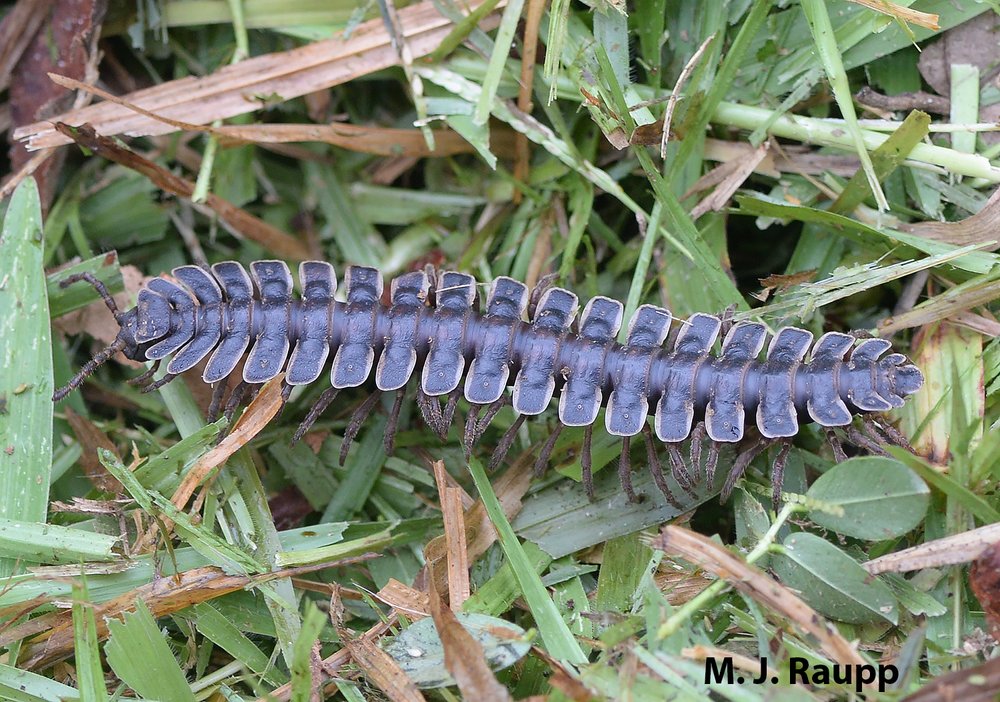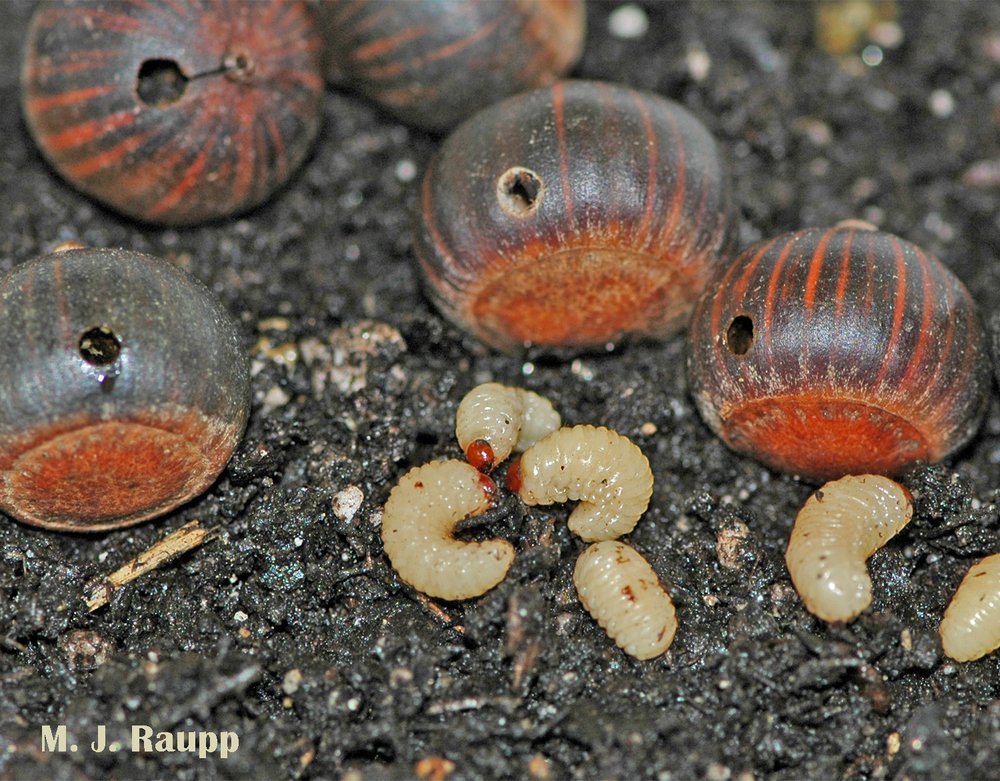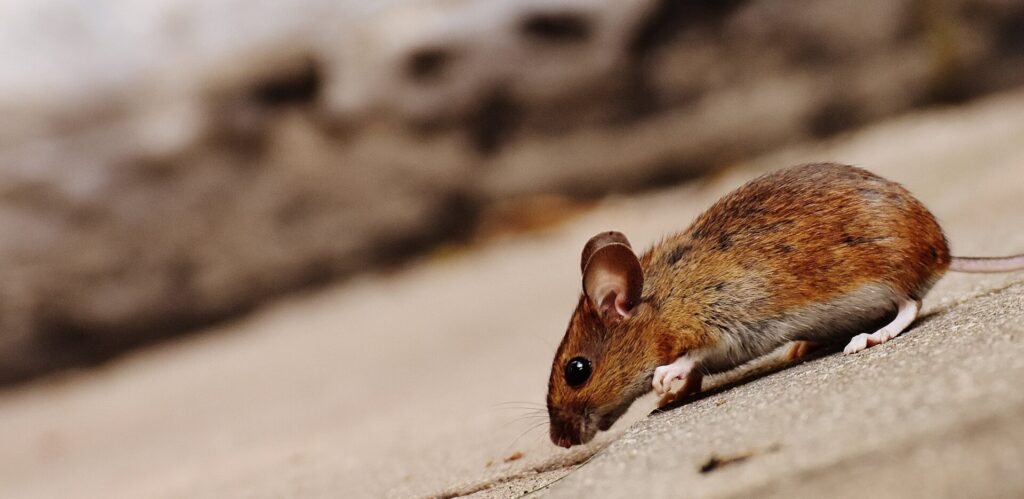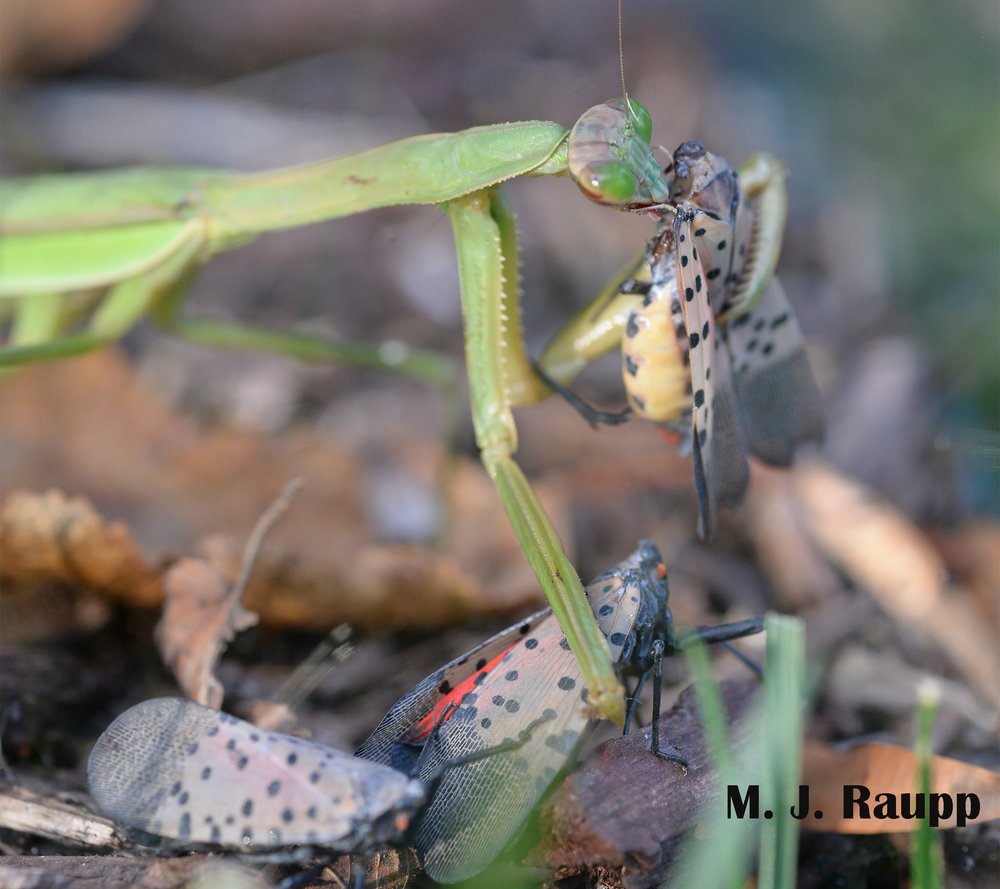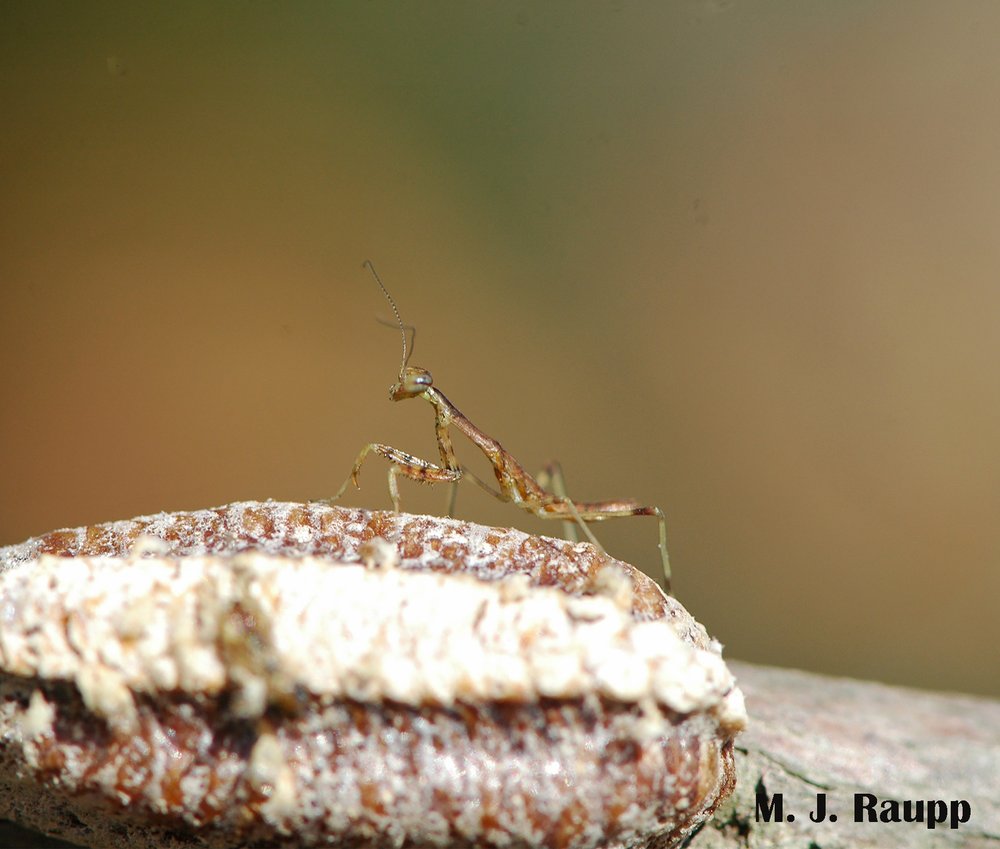Chemical and non-chemical pest control solutions don’t have to be mutually exclusive. A balanced approach and meticulous attention to safety ensures optimal results.
Pest control has played a pivotal role in contributing to healthy living environments and public health for many years. The practice has come a long way since ancient Sumerians first discovered that sulfur could kill insects in 2500 B.C. Modern pest control solutions effectively protect health and hygiene in residential and commercial settings in addition to safeguarding crops on farms and in gardens.
When it comes to tackling any type of pest problem, people can choose from three primary approaches: chemical, non-chemical, or a responsible blend of the two. Both chemical and non-chemical pest control offer benefits and drawbacks. Working with trained professionals can ensure the safest use of chemical treatments and the most effective use of non-chemical strategies.
With decades of experience in providing effective, eco-friendly pest control in Connecticut, Massachusetts, Rhode Island, and New Hampshire, Catseye Pest Control understands that delicate balance. Let’s explore both pest control approaches to help you better understand what may be right for your home or business.
The Chemical Approach
Chemical pest control has roots that literally span thousands of years of history. In the 1600s, arsenic and nicotine were popular options for controlling insect infestations. By the 1920s, it became clear that pesticides were hazardous, expensive, and often poisonous to beneficial plants. Beginning in the late 1930s, synthetic pesticides hit the market, with DDT serving as a significant breakthrough in chemical pest control.
Today, modern chemical pest control has made great strides. Low-dose options and safety standards make chemical pest control treatments safer than ever when used according to recommendations found on Material Safety Data Sheets (MSDS). With proper use, chemical treatments effectively eliminate challenging pest infestations with minimal risk to people, pets, and the environment.
Effectiveness
Chemical control of pests incorporates a broad category that includes fungicides, which kill fungi that can damage crops and create health concerns. This segment also includes herbicides that control plants, insecticides that control insects, and rodenticides that control rodents.
In short, chemical control methods have been used for centuries because of their efficacy. Chemical measures typically work quickly to bring pest populations under control efficiently and with minimum fuss. In turn, chemical control yields:
- Improved crop productivity and reduced losses
- Control of vector-borne diseases, including malaria, for livestock and humans
- Improved food quality
- Better maintenance of grounds for entertainment venues, residential facilities, and commercial properties
- Protection of wooden structures from wood-boring insects like termites
Convenience
Easy application is a big draw. Chemical pesticides may come in various forms, including baits, sprays, granules, and fumigants. Although care must be exercised when applying chemical pesticides, these solutions typically produce significant results in as little as one application.
Residual Action
Pesticides come in two main forms: residual and nonresidual. Nonresidual pesticides work immediately and dissipate in a relatively short period. Aerosol sprays, contact insecticides, and many pyrethrum-based formulas are nonresidual.
Other pesticides remain effective over a longer period. These pesticides leave a residue — hence, the term residual — that keeps working over time. The length of time the chemicals last depends on the surfaces where the chemicals are applied, and the formulas used. The effects of residual benefits can be tremendously helpful in controlling otherwise challenging pests.
Drawbacks
Safety concerns are the chief drawback of using chemical pest control measures. Exposure to some pesticides can cause serious health effects in humans and animals. Organic compounds like DDT can pollute lakes and other bodies of water and damage fish, birds, and other lifeforms that rely on those waters. Other potential drawbacks include:
- During application, chemical pesticides can unintentionally move through water or air to negatively impact the environment, animals, and people.
- Chemicals may change form, which increases health and environmental complications.
- The potential exists for insects and other pests to avoid the chemicals or become immune to them over time, making the process ineffective.
The potential negatives associated with chemical pest control underscore the importance of working with trained, licensed professionals.
The Non-Chemical Approach
In 1962, questions were posed about the safety of chemical pest control and the adverse effects of its use. Silent Spring, a book by Rachel Carson, created public awareness of pesticide safety and eventually led to public policy changes throughout the following decade. Integrated pest management (IPM) gained popularity in the 1980s and 1990s and formed the basis of the protocols that many pest control companies rely on today.
Like the chemical approach to pest control, non-chemical options also offer pros and cons that consumers must consider when choosing pest control methods.
Environmentally Friendly
Non-chemical pest control doesn’t rely on chemicals at all to eliminate pest problems. Instead, these methods rely on plants, herbs, natural elements, and the use of natural predators as methods of pest control. These treatments are specifically designed to provide effective results without harming the environment.
Sustainable
Eco-friendly pest control methods have a lower carbon footprint than their chemical counterparts. They won’t damage the ecosystem or contaminate the surrounding soil. These methods don’t kill indiscriminately and have a lower risk of harming plants, beneficial insects, or other animals. The sustainability of non-chemical pest control measures allows owners to effectively control pests using options that are typically plant-based or otherwise natural.
Reduced Resistance
With heavy or regular use of chemicals, pests can develop resistance. This makes those pest control methods less effective over time. In contrast, non-chemical methods have a low risk of resistance because they are made from natural sources. In turn, these methods may be useful for long-term results, particularly when used in conjunction with preventive measures like commercial or residential exclusion systems. These systems provide long-term, chemical-free barriers to prevent pests from entering protected areas.
Effectiveness and Time-Consuming
Non-chemical methods often take more time to achieve results. Using pest-proofing methods, setting human traps, and using biological or temperature controls can all lead to effective results. However, they typically take longer to control infestations and may require additional work, such as staff members who must check traps and relocate pests.
Striking a Balance
In an ideal world, non-chemical pest control would be enough to solve every problem, but that isn’t always the case. Chemicals aren’t always the answer, but sometimes they must be used to eradicate the problem at hand. What’s the solution? As with so many things in life, balance is the key to achieving successful, safe pest control. Routine monitoring, like the coverage achieved with Catseye’s premium home protection, combined with a balanced approach to pest control using integrated pest management can offer a win-win proposition.
Integrated Pest Management (IPM)
IPM is a science-based approach to pest control that is designed to offer a sustainable solution. It combines various approaches, including physical, biological, cultural, and chemical approaches. IPM strategies provide a way to effectively control pests while reducing risks to the environment and the health of people and animals. It features a multi-step process that relies on sound decision-making along the way to achieve the best results with the least amount of harm.
For example, Cat-Guard Exclusion Systems provide a chemical-free IPM approach. This permanent, rigid barrier prevents pests from entering protected areas. Additionally, preventive measures such as environmental modifications, like removing debris piles and standing water, also provide effective non-chemical pest control.
Eco-Friendly Chemicals
Manufacturers have made great strides in creating environmentally friendly pesticides with lower toxicity levels and improved targeting. Pest control technicians use these chemicals as a last resort to achieve the necessary control, using careful techniques to ensure minimal harm to the environment and its inhabitants.
The Catseye Difference
All Catseye pest professionals are certified and licensed by the state to perform their services. Every member of the team follows robust safety and effectiveness protocols. This allows us to ensure your pest problems are solved while keeping people and pets safe. Many of our technicians pursue and obtain higher licensing to ensure Catseye remains the Best of the Best.
Our certified technicians undergo thorough training from our in-house entomologist. They also attend training sessions led by industry experts, complete online courses, and partake in hands-on instruction in the field. Additionally, Catseye is committed to ongoing education. We host monthly training events in a classroom setting and our service management conducts regular one-the-job training and coaching.
Catseye’s balanced approach is so effective because we customize our treatment strategies to each individual property and situation. Every treatment begins with a detailed inspection of the property, including:
- Assessing conditions
- Evaluating contributing factors
- Determining the location of current pests
- Applying a deep understanding of species behaviors and pest contributors
Our technicians never spray indiscriminately. We work to remove environmental contributors and apply preventive measures in addition to localizing necessary treatments to ensure safety and effectiveness.
Schedule an Inspection with Pest Control Experts You Can Rely On
Chemical pest control has come a long way, as have non-chemical options. Ultimately, every pest infestation is unique and requires tailored treatment plans. Many situations require knowledgeable professionals to determine the best possible treatment options. Catseye approaches every property and situation with a combination of concern for safety and the use of environmentally friendly solutions.
It all begins with a thorough, free inspection to determine what pests are infesting the area, how they are entering the premises, and other relevant details. Schedule your free inspection today or call us at 888-292-6894 to learn more.
The post Chemical vs. Non-Chemical Pest Control Solutions appeared first on Catseye Pest Control.
This article appeared first on Catseye Pest


